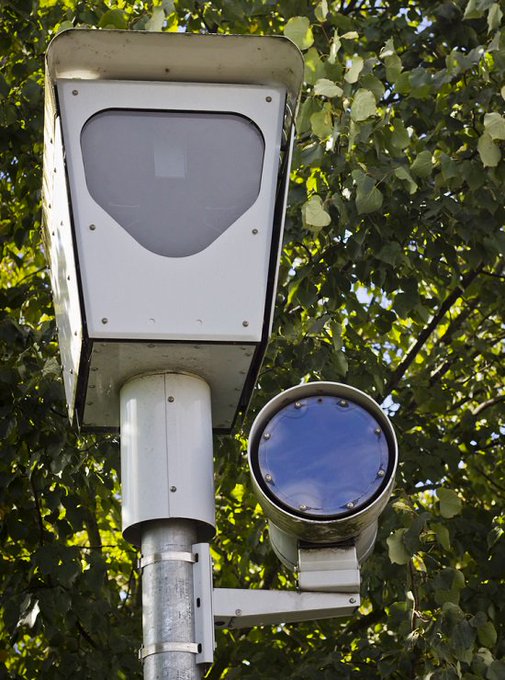With some 89 million people estimated to be hitting the highways throughout this holiday season, according to Spain’s traffic authority (DGT), traffic jams at peak times are inevitable.
There’s nothing like being stuck on in traffic on a hot highway for hours and hours to put a dampener on that holiday feeling, but help is at hand.
Here’s what you need to know to avoid the busiest travel times, find the best routes, and avoid difficulties as you head off for your summer break.
When are the roads at their busiestl?
The DGT has provided a handy guide based on previous habits and trends on the roads at holiday times.
The weekend of July 28th / 29th is expected to see the heaviest traffic flowing out of cities and towards the coast as many Spaniards head off on holiday.
The roads will clog up again around August 15th which is a national holiday across Spain and then the return journey on the weekend of September 1st / 2nd will see the biggest number of cars on the roads returning to the cities.
The worst times, according to the DGT are Friday afternoon between 16:00 and 22:00, Saturday morning 9:00 and 13:00 and between 19:00 and midnight on Sundays driving away from the coast, .
Apps to avoid worst of the traffic

File photo of traffic jam on a motorway in Madrid. Photo: AFP
A choice of apps can be utilized to warn you of traffic hotspots in real time, help find alternative routes, warn of police controls and steer you away from motorway tolls or locate the best-priced fuel on your route.
It’s most likely already on your smart phone. It provides real time info on traffic jams and offers faster alternative routes.
This is one of the best apps for Operacion Salida, providing real time traffic and alternative routes, it also allows users to share information on accidents, police checkpoints and other roadside dangers or annoyances. This app also offers comparative prices at fuel stations along your route.
The official app from Spain’s traffic authority provides info on speed cameras, and up to the minute trouble spots along your route.
This app is an information sharing platform that relies on drivers sharing info on traffic in real time.
This app doesn’t just provide minute by minute updates on traffic congestion, it also allows you to plan your journey to beat the traffic, calculating the best time to leave. It also provides info on service stations along the route and parking at your destination.
The Michelin app gives real time traffic updates, will advise you of a route to avoid tolls and can also calculate how much fuel you need and the cheapest place to buy it on the way.
This app is the Tripadvisor equivalent for rest stops advising on good places to eat at roadside service stations and where to find the best facilities.
Eyes in the skies
Ten helicopters and five drones will be patrolling the skies over Spain’s busiest roads and at known traffic hot spots to look out for dangerous driving, traffic accidents and tail backs.
The drones are equipped with cameras to beam live footage back to road traffic monitors who will use the information to alert ground patrols to traffic problems such as accidents.
One drone will be deployed on the Canary Islands and another over the Balearic Islands to monitor holiday traffic.
Roadside patrols and speed traps
 Photo: AFP
Photo: AFP
The Civil Guard have said there will be 1500 patrol cars out on the roads during the busiest periods of Operacion Salida and at peak times leaving beach resorts. Expect to see roadside checks where you could be asked to present your papers (car registration/insurance/driving license) and to see random breathalyser tests to check for drunk driving.
Speed traps are installed across Spanish roadsides to check for speeding vehicles. Keep to the speed limit or you may find you come back from holiday to a rather nasty speeding fine.
Handily, the location of all speed traps can be found here:
Check your car before journey
Make sure that you check your tire tread (it should be a minimum of 1.6m across central ¾ of tire) ahead of the journey and that you have a functional spare tire in the vehicle.
Also check tire pressure at the start of your journey, and the fluid levels of oil, windscreen wash and radiator coolant.
Take regular breaks
The DGT advises drivers to stop at least every 200km stretch their legs, have a drink and use the toilets and take some fresh air to prevent tiredness.
The DGT also produced this handy guide to outline the responsibilities of everyone in the car.
Driver: Drive, concentrate on the road, delivery to destination, not stress about the traffic.
Front seat passenger: Stay awake, responsible for the music, responsible for Google maps, Waze etc, ability to keep spirits up.
Back seat passenger: Chief distributor of sweets, issue complaints about air conditioning, hit the front seat passenger awake, sleep like a bear.








